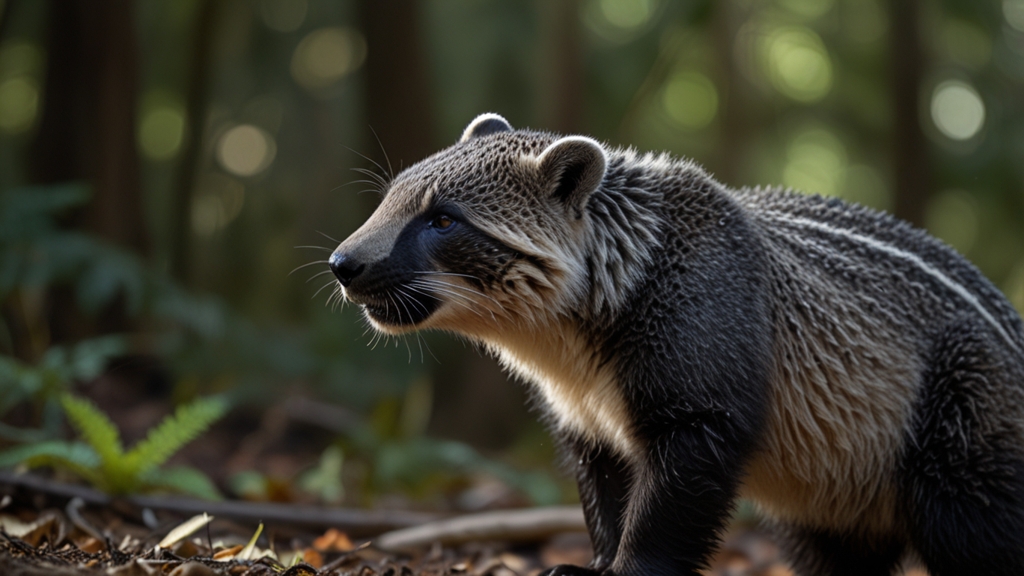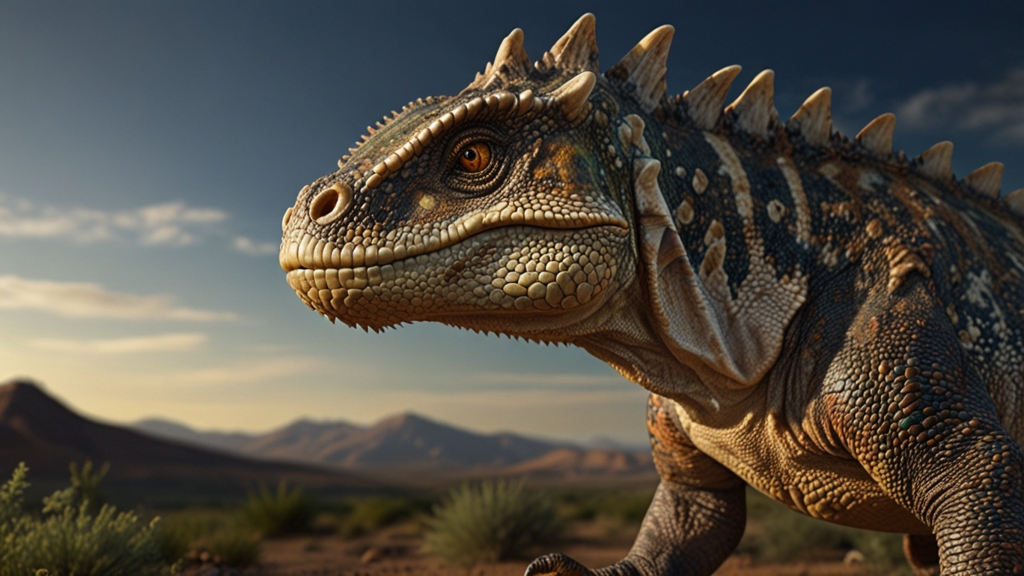Mind-Blowing Facts About Animal Intelligence
When we think about intelligence, humans often come to mind first. However, the animal kingdom is full of species displaying extraordinary cognitive abilities that can rival those of humans in some respects. From using tools to complex social interactions, here are some mind-blowing facts about animal intelligence that will change how you view our fellow inhabitants on Earth.
Tool Use in Animals
One of the benchmarks of intelligence is the ability to use tools. While this was once thought to be a uniquely human trait, many animals have demonstrated this ability in remarkable ways.
“The ability to use tools is not limited to primates. Birds, especially corvids such as crows and ravens, have exhibited tool-using behavior that astonishes researchers.”
For example, crows have been observed bending wires into hooks to retrieve out-of-reach food. Similarly, chimpanzees use sticks to extract termites from mounds, and dolphins use marine sponges to protect their snouts while foraging on the seafloor. These examples highlight the incredible problem-solving abilities present in the animal kingdom.
Social Structure and Communication
Complex social structures and communication styles are not just the hallmarks of human societies. Several animal species have developed intricate social networks and forms of communication that facilitate their day-to-day survival and well-being.
Take elephants, for example. These majestic creatures live in tightly-knit familial groups led by a matriarch. They communicate using a range of vocalizations, body language, and even seismic signals (vibrations through the ground), allowing them to convey information over long distances. Some studies suggest that elephants can recognize more than 100 different call types, each with specific meanings.
Similarly, dolphins are known for their highly sophisticated communication abilities. They use a variety of clicks, whistles, and body movements to interact with each other. These underwater acrobats can even recognize themselves in mirrors, a trait previously thought to be exclusive to humans and great apes.
Memory and Learning
Memory is another domain where animals excel. Certain species have demonstrated the ability to recognize past events, remember social relationships, and even learn from experience in ways that were once thought to be solely the purview of humans.
“Octopuses are mollusks, yet they display cognitive abilities that rival those of mammals. Their problem-solving skills and memory capabilities are well-documented, making them a subject of fascination for scientists and the public alike.”
Birds like Clark’s nutcracker have astounding memory capabilities, able to remember the locations of thousands of food caches months after placement. Likewise, research on African grey parrots has showcased their ability to understand complex concepts like shapes, colors, and numbers, further emphasizing the intellectual prowess found in the avian world.
Problem Solving and Creativity
Problem-solving and creativity are usually attributed to higher-level thinking and reasoning. However, animals have shown time and again that they possess these qualities in abundance.
Rats, often underestimated in terms of intelligence, have regularly demonstrated exceptional problem-solving skills in laboratory settings. Using mazes and puzzles, rats can learn and remember complex pathways to obtain rewards, showcasing their ability to adapt and learn.
Orangutans also demonstrate high levels of creativity and problem-solving. These intelligent primates have been known to craft makeshift umbrellas from leaves to shield themselves from rain, illustrating their resourcefulness and ability to adapt to their environment.
Conclusion
The evidence of animal intelligence is overwhelming and challenges the age-old notion that humans are the only creatures capable of higher thinking and sophisticated behavior. From using tools and forming complex social structures to exhibiting remarkable memory and problem-solving skills, the animal kingdom is full of intelligent beings whose capabilities are just beginning to be understood.
Next time you observe an animal, consider the intricate and often mysterious intelligence that lies beneath the surface. It may just change how you perceive the world and its astonishing array of life forms.








